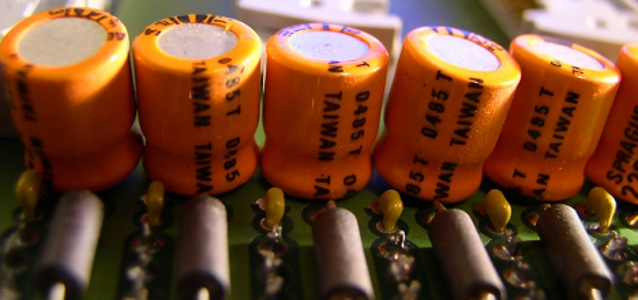
© photographer dreamstime.com
Analysis |
ZigBee takes off in set-top boxes
The ZigBee RF4CE standard is rapidly gaining acceptance in the set-top box (STB) market where it currently serves mainly as a replacement for infrared (IR) technology in remote controls.
However, due to the development of multi-protocol ICs, ZigBee technology is also set to allow STBs to become the centerpiece of automated homes.
A total of 30 percent of STBs shipped globally in 2018 will integrate support for ZigBee RF4CE, up from just 3 percent in 2011, and under 7 percent last year, according to information and analytics provider IHS. The remaining STBs will use either IR technology or will include support for other RF technologies (such as Bluetooth) within remote controls.
A number of major ZigBee RF4CE chipset providers have announced the availability of multiprotocol system on chips (SoCs) which are capable of supporting two separate ZigBee profiles due to the inclusion of more memory, and an ARM Cortex M3 microprocessor. By integrating one of these integrated circuits, an STB can communicate both with the ZigBee RF4CE remote control, as well as with ZigBee Home Automation-enabled devices, which will allow the box to act as a home automation controller.
“The latest generation of ZigBee chipsets support more than one separate profile, enabling STBs to communicate not only with ZigBee RF4CE remote controls, but also with ZigBee Home Automation-enabled devices,” said Lisa Arrowsmith, associate director for Connectivity at IHS. “This can allow the STB to act as a central gateway to enable cloud-based remote home-control services, as operators seek to reduce customer churn and to increase average revenue per user.”
ZigBee RF4CE has already achieved significant adoption in the set-top box market, where it has been incorporated by a number of companies, such as Comcast, Pace, EchoStar, and Swisscom as an IR replacement technology. This can enable additional functionality within the remote control, such as gesture, motion, and touch control, as well as removing the line-of-sight barrier inherent to IR. Increasingly, operators are expected to add ZigBee Home Automation to these platforms, to enable additional services such as home control.
Comcast has already announced its Xfinity Home Control platform, in which both ZigBee RF4CE and ZigBee Home Automation are supported, allowing the STB to communicate with devices using either protocol.
Like Comcast, many other key service providers are looking for ways to create new revenue streams and differentiate themselves from their competition. Adding home automation services is viewed as one way to achieve this goal.






